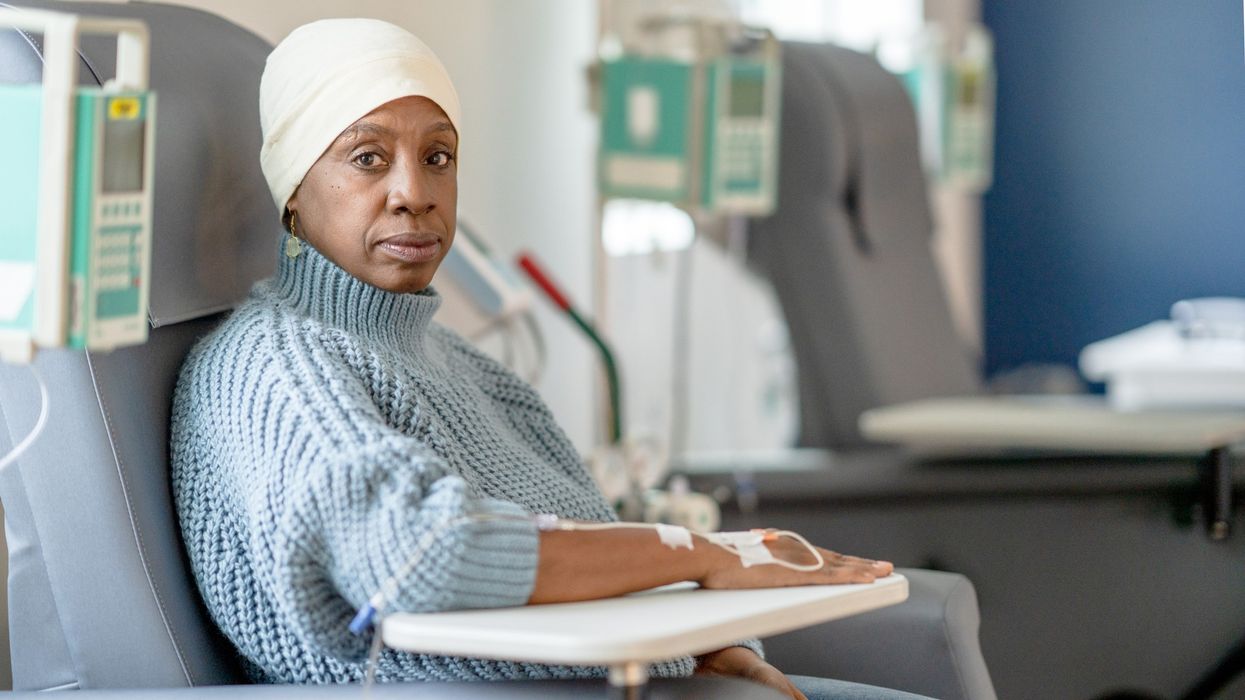Key points
- Uterine cancer cases and deaths are projected to rise significantly in the US by 2050.
- Black women are expected to experience the highest increase in incidence-based mortality.
- A new model predicts incidence rising to 86.9 cases per 100,000 for Black women and 74.2 for White women.
- Researchers stress the urgent need for improved prevention and early detection strategies.
Sharp increase in uterine cancer predicted over next three decades
Uterine cancer, currently the fourth most commonly diagnosed cancer among women in the United States, is projected to see a substantial rise in both cases and deaths by 2050, particularly among Black women. A new study led by researchers at Columbia University warns of worsening racial disparities in outcomes if preventative measures are not introduced.
This year alone, around 69,120 new cases of uterine cancer and nearly 14,000 deaths are expected in the United States. However, projections by the Columbia University research team, published in Cancer Epidemiology, Biomarkers & Prevention, indicate a significant increase in both incidence and mortality over the next 30 years.
Black women to face disproportionate increase in mortality
The study found that Black women already experience double the mortality rate from uterine cancer compared to women from other racial and ethnic backgrounds. Using a predictive model, researchers estimated that this gap will widen dramatically by 2050.
The incidence-based mortality rate among Black women is expected to rise from 14.1 per 100,000 in 2018 to 27.9 per 100,000 by 2050. In contrast, for White women, the rate will increase from 6.1 per 100,000 to 11.2 per 100,000 in the same period.
The incidence rate is also projected to rise to 86.9 cases per 100,000 in Black women and 74.2 cases per 100,000 in White women by 2050, compared to 56.8 and 57.7, respectively, in 2018.
About the study model
The projections were developed using the Columbia University Uterine Cancer Model (CU-UTMO), a state-transition microsimulation tool designed as part of the National Cancer Institute’s Cancer Intervention and Surveillance Modeling Network (CISNET).
The model simulates the disease trajectory based on age (18–84), race (Black and White), tumour type (endometrioid or nonendometrioid), stage at diagnosis, and birth cohort from 1910 onwards. It was validated using 2018 data and showed a strong fit to actual incidence and mortality statistics.
Lead author Dr Jason D. Wright, the Sol Goldman Professor of Gynaecologic Oncology at Columbia University, explained:
“There are likely a number of factors that are associated with the increased burden of uterine cancer in Black women. They more commonly have aggressive types of uterine cancer, face delayed diagnosis resulting in later-stage disease at diagnosis, and there are often delays in their treatment.”
More aggressive tumour types in Black women
The model also highlighted that while endometrioid tumours, a less aggressive form, are projected to increase in both Black and White women, the rate of nonendometrioid tumours, which have a poorer prognosis, will rise considerably in Black women alone.
These trends point to an urgent need for improved public health interventions aimed at early diagnosis and treatment, as well as research into tailored approaches for high-risk groups.
Potential for prevention and screening
In a stress test of the model, researchers incorporated hypothetical screening methods capable of detecting uterine cancer and precancerous changes before clinical diagnosis. The analysis found that such interventions could lead to significant reductions in cancer incidence, lasting up to 15 years in White women and 16 years in Black women, if introduced at the age of 55.
Dr Wright commented on the implications of the test:
“The stress testing suggests that if there was an effective screening test, we may be able to substantially reduce the burden of disease. While there is presently no screening or prevention that is routinely used for uterine cancer, we are currently examining the potential impact of integrating screening into practice.”
Call for action
With cases and deaths from uterine cancer projected to climb, the researchers conclude that immediate steps must be taken to develop and implement primary and secondary prevention strategies. Without intervention, the burden of uterine cancer, particularly among Black women, is expected to grow significantly, posing serious public health challenges in the decades ahead.













